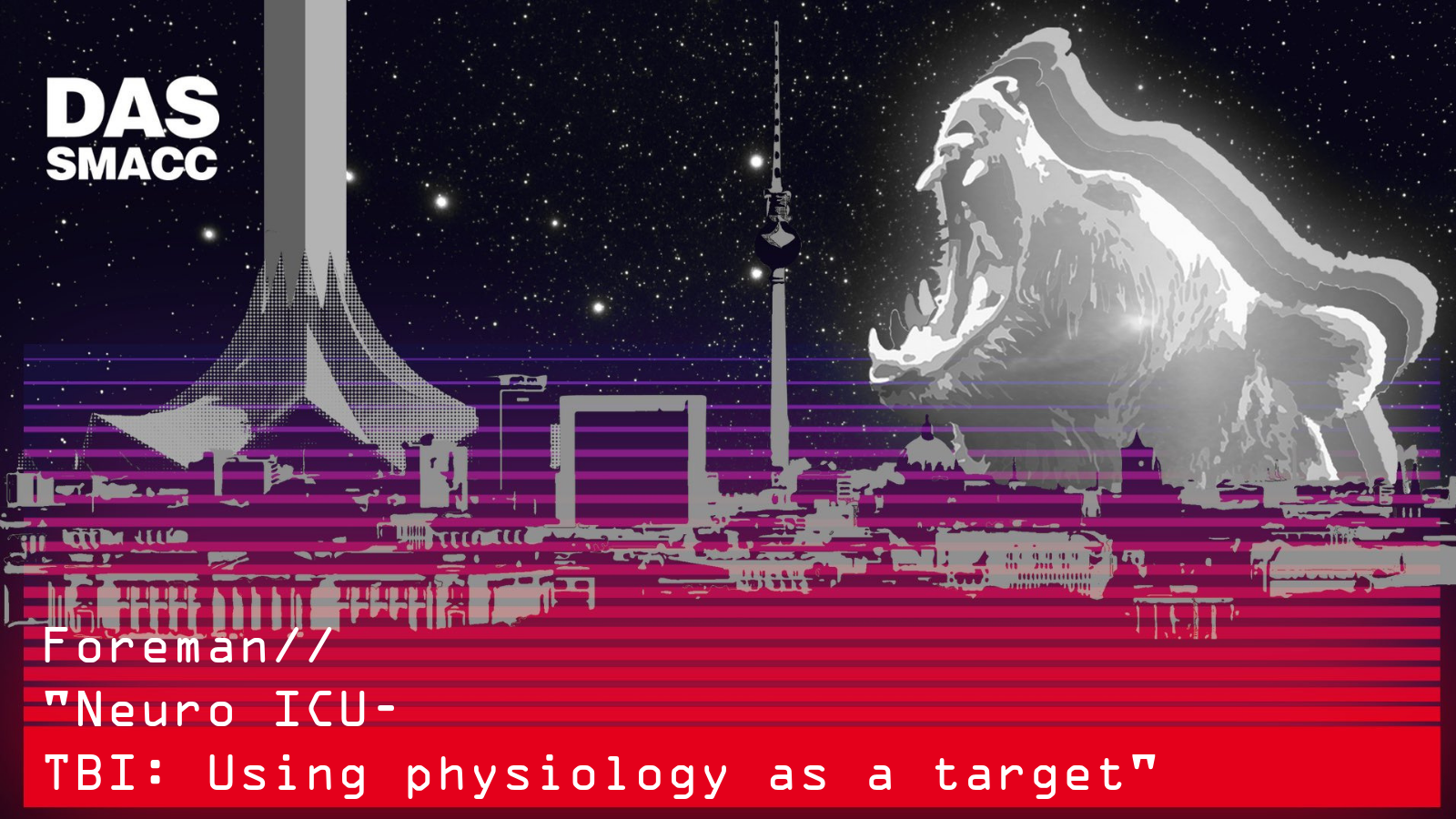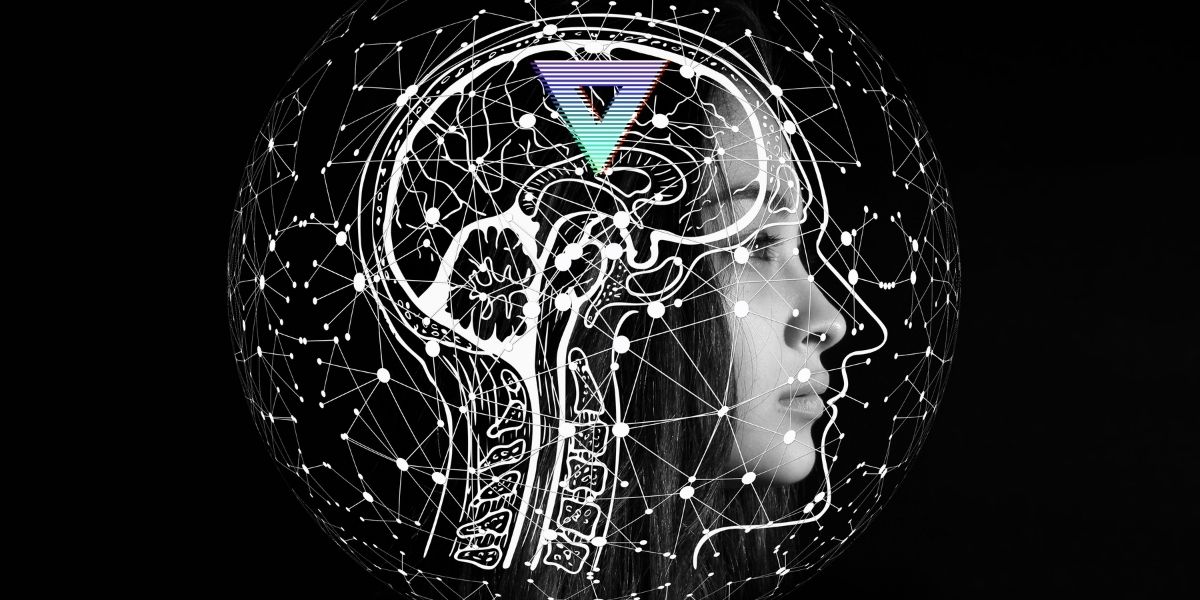Physiologic targets for Traumatic Brain Injury in Neuro-Critical Care by Brandon Foreman
Brandon Foreman takes you through physiological targets for traumatic brain injury in neuro-critical care.
Intensivist and emergency medicine physicians already use physiology targets. They understand the complexity of these targets and the pitfalls of over-reliance on any one parameter.
This is also true for the use of physiology after traumatic brain injuries (TBI). TBI has never been defined by its physiology.
In fact, specific targets of physiology to drive successful outcomes have all failed in the research in this patient group. It is no doubt a complex area.
Physiology after traumatic brain injury is not simply defined on the pressure and volume in the skull. There are a huge variety of variables, including blood pressure, autoregulation and flow coupled functioning. Even with all these parameters, there is no Level 1 or 2A evidence for physiologic thresholding in TBI patients.
As such, Brandon takes you through his approach to using physiology to manage TBI patients in neuro-critical care. He guides you through the approach, breaking up outcomes measures into three groups.
First mechanics.
Brandon will discuss blood pressure targets, and the real purpose of controlling them. Ultimately, blood flow is most important.
Next, Brendon considers metabolism.
Here he guides you through the importance of glucose and ventilation with specific advice on parameters to use.
Finally, Brendon discusses brain function.
Different clinical indicators are useful when caring for a TBI patient in the neuro-critical care setting.
This talk will encourage you to look at mechanics, metabolism, and brain function, considering each for the individual patient in front of you to guide best practice and deliver best outcomes.
For more like this, head to our podcast page. #CodaPodcast
Brandon Foreman
Brandon Foreman, MD FACNS is Assistant Professor of Neurology & Rehabilitation Medicine and Neurosurgery at the University of Cincinnati and serves as Associate Director for Neurocritical Care Research with the Division of Neurocritical Care. Dr. Foreman is a member of several multi-center collaboratives, including the Critical Care EEG Monitoring Research Consortium (CCEMRC) and the Co-Operative Spreading Brain Injury Depolarizations consortium (COSBID), and he has specific expertise in continuous EEG monitoring and in detecting seizures and spreading depolarizations after brain injury. He is a co-founder of the Collaborative for Research on Acute Brain Injuries (CRANI; @UC_CRANI), a translational neuroscience research community at the University of Cincinnati that links translational, clinical, and data scientists. Through CRANI, he works closely with the College of Engineering and Applied Sciences and the Center for Intelligent Maintenance Systems at the University of Cincinnati and with partners at the University of Arizona and Boston University to develop machine learning and network connectivity approaches to understanding brain injury physiology. Dr. Foreman’s research focuses on precision critical care, with a specific interest in the recording and interpretation of cortical physiology, pressure, flow, and synaptic signaling and how this can be integrated with clinical data at the bedside in order to guide care at the patient level.





